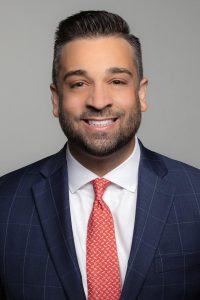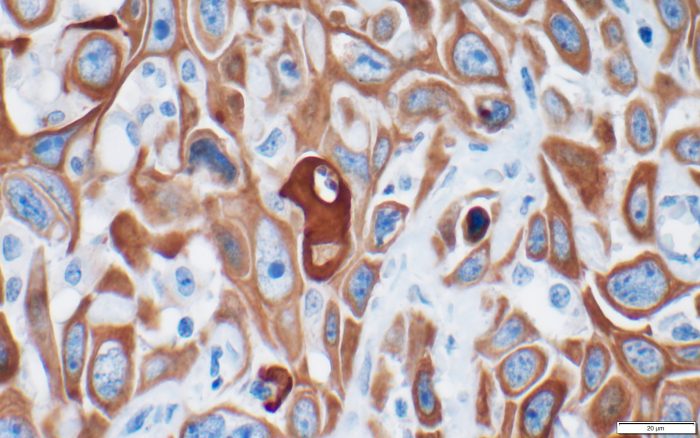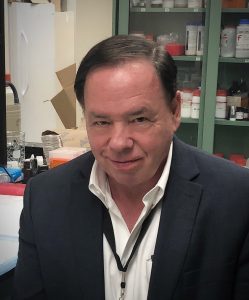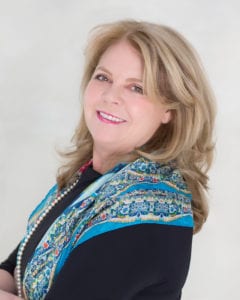By Elof Axel Carlson

I have had 15 published books and my 16th came out in April of this year. I have at least ten other books that are either near completion or could be completed within a year.
Why do I have so many unpublished books? I committed myself to a career in science as an undergraduate and graduate student. I got my PhD with Nobelist H. J. Muller and admired the way he used his talents. He was committed to doing research and teaching about his major interest in “mutation and the gene.” He spoke out against abuses by science (racism, and indifference to health effect many of industries applications of science to commerce health, or the military).
I also learned, as I began to teach, that teaching was enjoyable and I began constructing my life like an insect undergoing a sequence of metamorphoses. I first focused on my research and got grants and published in professional journals. Then I shifted to teaching because I learned of the discontents of the 1960s that changed my students lives. Some were beaten by police when they demonstrated. Some had Peace Corps experiences. Many of the issues (sexism, bigotry, racism, aggression, mental health, environmental degradation) were tied to science and I began developing ways to teach biology to non science majors as a way to reach large numbers of students and give them a course that helped them make decisions about their own and their families’ lives.

I also wrote books, mostly scholarly books, and got those published. I participated in and helped create new educational programs and served as the founding Master of the Honors College at Stony Brook University. I also had a large family with five children and later my mother-in-law to join my household.
This led to a technique that I call “using snippets of time.” I learned to write whenever waiting for appointments or office hours if no one showed up and to put books in progress aside when other commitments had priority.
Also, I used writing to explore new ways to write. I wrote four novels. I wrote four different ways to do a memoir or an autobiography. I explored how the personal essay could be used to educate people reading a column I wrote for social newspapers. I also wrote, after I moved to Bloomington, Indiana, to present chapters at a “Life Writing” seminar held at Indiana University’s Emeriti House for retired faculty and staff and alums.
I plan to write a one-page blurb for each of my unpublished books. I will explore putting them on line as e-books or print on demand books. For me writing is fun. Just as I learned when I was teaching and preparing lectures, I have learned by writing that each book helps overcome a science indifference as well as science illiteracy in a world that I feel needs more science in evaluating the controversies of our generation.
Elof Axel Carlson is a distinguished teaching professor emeritus in the Department of Biochemistry and Cell Biology at Stony Brook University.


















 YIELD: Makes one pie
YIELD: Makes one pie







